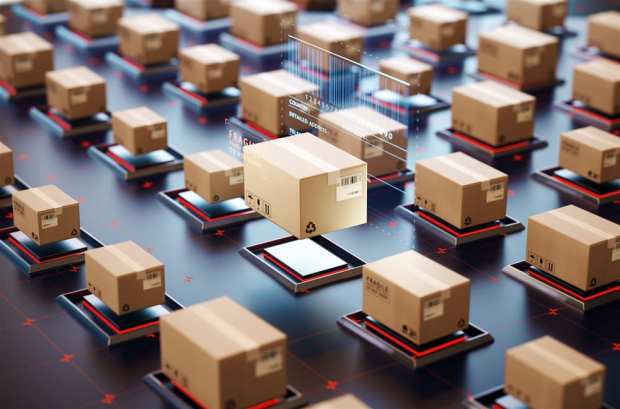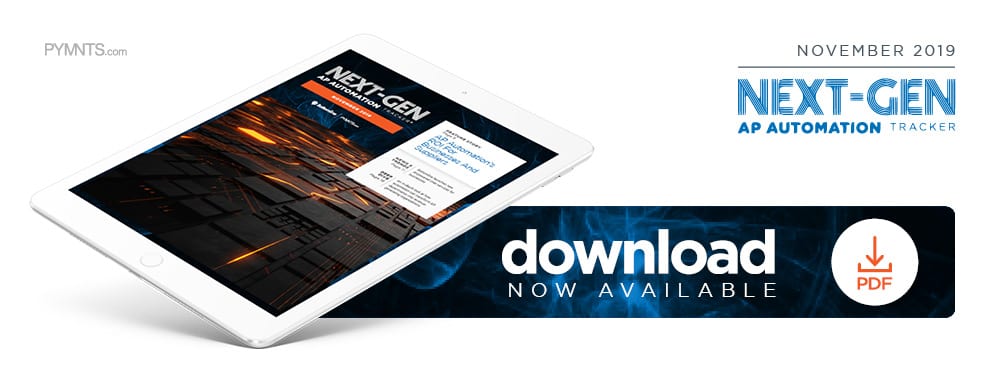AP Automation’s ROI For Businesses And Suppliers

Businesses can reap clear return on investment (ROI) from accounts payable (AP) automation, yet find themselves hamstrung when partners in their supply chain still live in a legacy-payment world. In the latest Next-Gen AP Automation Tracker, Rich Wessels, treasurer for transportation and logistics tech company Transplace, explains why data transparency is key to solving the AP’s “chicken-and-egg” problem.
Organizations evaluating the return on investment (ROI) of accounts payable (AP) automation find obvious benefits from cost savings, early payment discounts and rebate-earning opportunities. It is important that these entities also consider improved payment experiences for key suppliers and partners — another critical ROI.
Transportation management and logistics technology solutions provider Transplace, which works with a growing base of more than 32,000 carriers either directly or on behalf of shippers, recently improved its payment processing operations. The new offering will provide its carriers with cost savings, increased control and improved visibility, ultimately driving operational efficiencies and cash flows. Moves such as this are not easy to make, however. Businesses can face challenges when making the shift to digital payments when their business partners still rely on legacy infrastructures.
“It’s a bit of a chicken and egg [situation],” Rich Wessels, Transplace’s treasurer said in a recent interview with PYMNTS. He further explained how such a business-to-business (B2B) innovation gap can impact the logistics industry.
“The carriers have struggled to adopt electronic payments on a widespread basis,” he said, “but there’s also historically been a lack of initiative and follow-through both from banks and from intermediaries.”
That can lead to a lack of cohesion within the payment supply chains for AP or accounts receivable (AR) operations, Wessels said. Keeping up with business partners is not the only challenge B2B companies face, however, as firms must also handle transactions’ data and documentation before processing. Much of this process is already automated, but any data discrepancy can bring the supply chain to a screeching halt. Most carriers are still using manual processes to address such discrepancies or exceptions, complicating digital or paperless shifts.
“Visibility is a big part of the value prospect and plays into carriers being able to make invoice-level, quick-pay decisions,” he explained.
The Hurdles Stifling AP, AR Efficiency
B2B payment processes on either the AP or AR ends often come with a lot more documentation and potential risk than the average retail transaction, so ensuring data accuracy can be a significant source of friction for the invoicing process.
Take the freight bill audit pay process for carrier invoices, for example. Wessels explained that many companies automate this process, but any potential discrepancies in the data still need to be dealt with manually. That can cause payment delays from one party to another that both carriers and shippers find unacceptable.
“I think the biggest pain point is visibility into exactly when payments are going to be received — being able to see when the scheduled payment will hit and exposing that data in a clean way,” he said.
Smaller carriers are obviously more vulnerable to these types of delays than bigger competitors as their more limited cash flows make predictability essential. Fewer resources mean less can be spared to upgrade their own process automation systems, creating dependence upon the innovations of their third-party partners or banks.
Transplace is attempting to address this problem by integrating the TriumphPay platform and Bank of America’s Paymode-X Connect solution into its logistics platform, strengthening payment speed, reliability and security. These solutions will provide their carriers with improved visibility and access to data, notification of payments to help forecast cash flow and cost-saving benefits, such as a reduction in the labor and risk involved with receiving payments.
Data’s Critical Importance To Payables Automation ROI
The key aspect of solution partnerships’ abilities to make B2B payments more paperless involves data, Wessels said, as both businesses involved in transactions must access necessary data to move such transactions forward. The industry is luckily seeing more banks and other third parties innovate or implement solutions like payment networks, which also allow for accompanying transaction data to be sent more quickly.
Such moves will make transactions — and any potentially related discrepancies — more visible to all of the players involved. They will also help streamline any potential documentation that needs to be sent for these payments to move — the main challenge larger carriers face in this space, according to Wessels.
“For [larger carriers], it’s not so much about payment timing or the payment itself as it is about the supporting documentation that goes with it,” he said, noting that such firms have more resources to wait out unexpected payment delays.
Both larger and smaller carriers are dependent on data reliability, however. Efforts to upgrade B2B payment processes at any level will need to take this dependence into account. Not having transparent data throughout the process will just transfer B2B firms’ friction points from legacy paper solutions to the digital world and prevent the cost savings and efficiencies that AP and AR departments desire.

